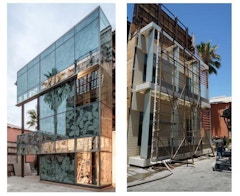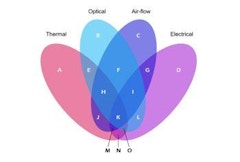
Seismic Movements
A common building upgrade to add value to existing commercial real estate is the renewal of the entrance lobby. The lobby facade is replaced to give

A common building upgrade to add value to existing commercial real estate is the renewal of the entrance lobby. The lobby facade is replaced to give





The recent 50 year anniversary of the first use of silicone sealant in a 4-sided structural silicone glazing application marks a sustainable and

Facades must be responsive to a myriad of qualities and influences ranging from urban impact and aesthetic character to numerous performance

Ever-increasing performance requirements in the latest version of the energy codes are compelling project teams to consider the thermal performance

The Lucile Packard Children’s Hospital at Stanford University in Palo Alto, California features an extremely diverse set of facade systems within one




Cost-effective, sustainable, self-actuating, thermally-responsive, bio-composite exo-skins that act like shields or cloaks for existing buildings



The Los Angeles Stadium’s doubly curved skin is composed of over 35,000 unique triangular panels covering 296,502 square feet of surface area. The

Environmental and socio-economic benefits of sustainable preservation have become apparent most recently in the restoration of the historic former